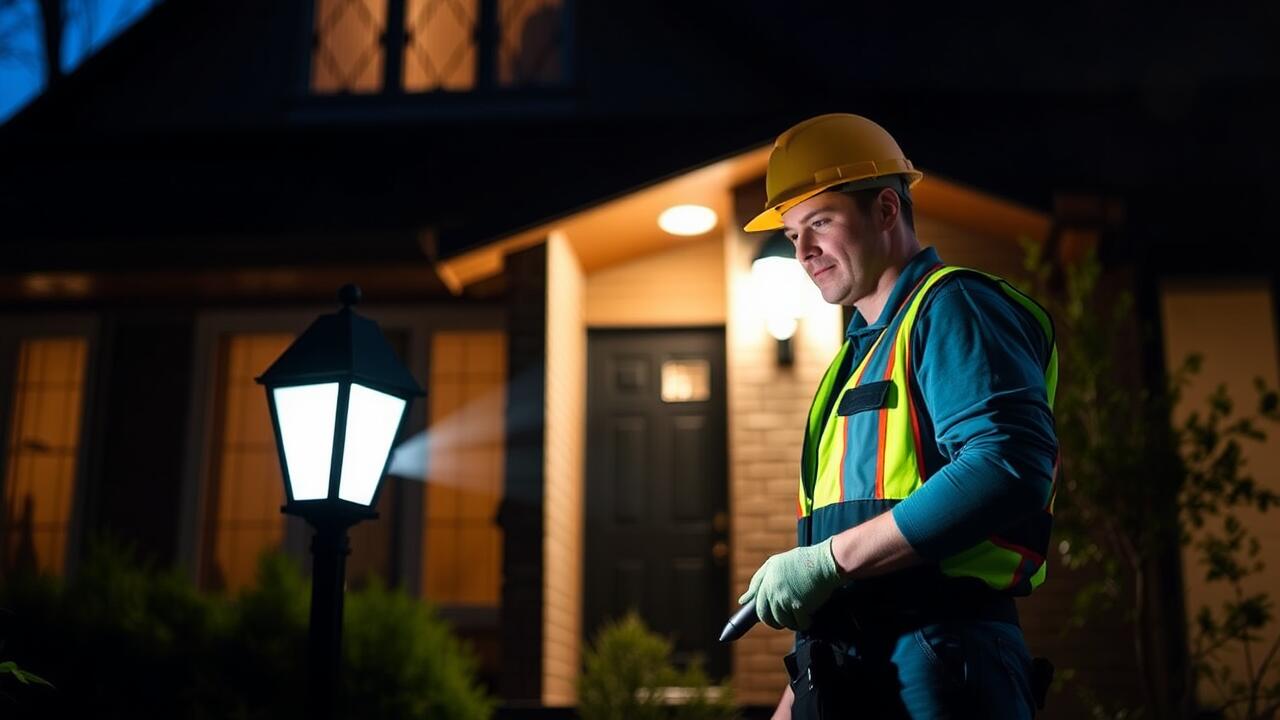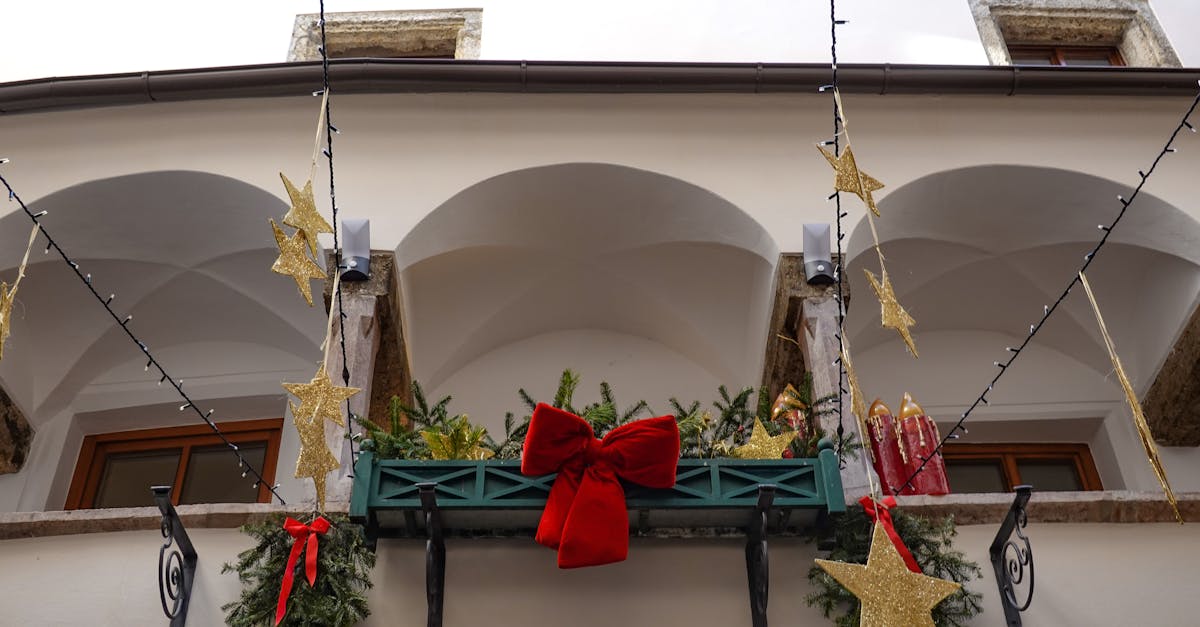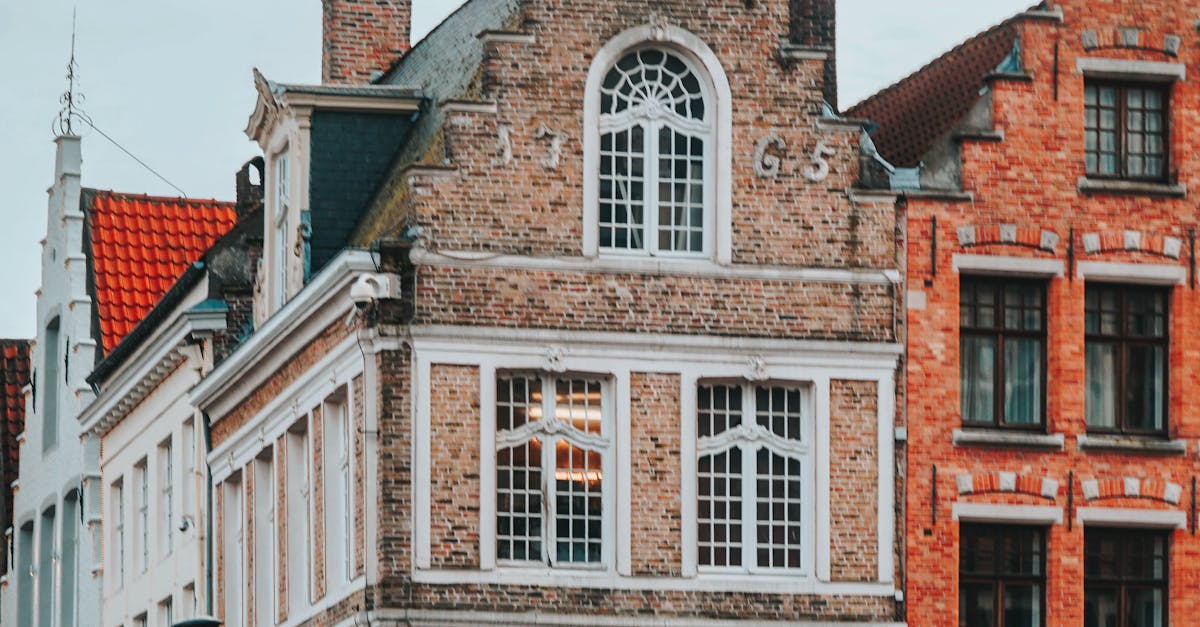
Table Of Contents
Incandescent Bulbs for Exterior Use
Incandescent bulbs have been a traditional choice for exterior lighting for many years. They emit a warm, inviting glow that can enhance the ambiance of outdoor spaces, creating a cozy atmosphere for gatherings. Their ability to provide consistent light makes them suitable for a range of outdoor applications, from porch lights to garden fixtures. Additionally, incandescent bulbs are generally easy to install and widely available, adding to their appeal for homeowners.
However, there are some limitations to consider when using incandescent bulbs for exterior lighting. These bulbs tend to consume more energy compared to other options like LEDs, leading to higher electricity bills over time. Their lifespan is also shorter, which means more frequent replacements can become an inconvenience. While they offer quality illumination, weighing these factors against the advantages is essential for those looking to optimize their outdoor lighting.
Pros and Cons of Incandescent Outdoor Lighting
Incandescent bulbs are a classic choice for exterior lighting due to their warm glow and ability to create a welcoming atmosphere. They are often readily available and relatively inexpensive, making them a popular option for many homeowners. The warmth of incandescent light enhances the natural beauty of outdoor spaces, which is especially appealing for gathering areas such as patios and decks. However, incandescent bulbs are not the most energy-efficient option. They consume more electricity than their LED counterparts and have a shorter lifespan.
On the downside, incandescent bulbs generate a significant amount of heat during operation. This can lead to increased energy costs, particularly when used in an extensive exterior lighting setup. Additionally, their fragility makes them less suitable for outdoor environments where harsher weather conditions might prevail. Without proper protection, these bulbs can be more prone to breakage compared to more durable lighting options. Overall, while incandescent lighting can enhance the ambiance of outdoor areas, its limitations regarding efficiency and durability should be considered.
Smart Outdoor Lighting Systems
Smart outdoor lighting systems offer a blend of convenience and efficiency. Many of these systems can be controlled remotely through smartphone apps, allowing users to adjust brightness, color, and timing from anywhere. Integration with home automation systems enables synchronization with other smart devices, contributing to a cohesive outdoor environment. These features are especially beneficial for security, as the lights can be programmed to simulate occupancy when homeowners are away.
The availability of various designs and technologies enhances the versatility of smart exterior lighting. Options range from motion-sensor lights that activate upon detection of movement to programmable fixtures that change with the seasons or time of day. This adaptability not only improves safety and security but also allows for personalized outdoor aesthetics. The ability to customize settings and schedules adds to the appeal of smart systems, making them a popular choice for modern outdoor spaces.
Features of Modern Smart Lighting
Modern smart lighting systems incorporate advanced technology that allows for remote control and customization. Users can manage their exterior lighting through smartphone apps, which provide convenient access to various settings. These systems often feature programmable schedules, enabling lights to turn on or off at specific times. Many smart lights also support integration with voice assistants, offering hands-free operation for added convenience.
Another significant feature of smart outdoor lighting is the ability to control color and brightness. Users can choose from a wide range of colors to create different moods and enhance the atmosphere of their outdoor spaces. Some systems offer adaptive lighting, adjusting automatically based on natural light levels or motion detection. This not only improves energy efficiency but also enhances security by illuminating areas when movement is detected.
Choosing the Right Color Temperature
Color temperature plays a crucial role in setting the mood and functionality of outdoor spaces. Measured in Kelvin (K), this attribute ranges from warm, inviting tones to cool, crisp hues. Warmer temperatures, typically between 2700K and 3000K, create a cozy atmosphere ideal for patios and garden areas. These shades replicate the glow of traditional incandescent bulbs, making them a popular choice for social gatherings and relaxation.
On the other hand, cooler temperatures, usually between 4000K and 6500K, provide a bright and energizing effect. Such lighting is often favored for security and visibility, as it enhances clarity and allows for better color rendition. Selecting the appropriate color temperature for exterior lighting not only affects aesthetics but can also influence safety and functionality in outdoor settings.
The Impact of Color on Outdoor Ambiance
The color temperature of exterior lighting plays a significant role in shaping the ambiance of outdoor spaces. Warmer tones, such as soft yellows and golds, create an inviting and cozy atmosphere, perfect for gatherings or quiet evenings on the patio. Cool colors, like blue and white, can evoke a more modern and crisp feel, adding a touch of elegance to outdoor settings. This versatility allows homeowners to tailor their exterior lighting to match the mood they wish to cultivate.
In addition to enhancing aesthetic appeal, the color of outdoor lighting can also influence safety and functionality. Bright, white lights improve visibility, making walkways and entry points safer during the night. Meanwhile, softer hues can highlight garden features without overwhelming the natural beauty of plants and landscaping. Choosing the right color temperature within exterior lighting systems not only elevates visual interest but also contributes to the overall usability of outdoor areas.
FAQS
What are the benefits of using incandescent bulbs for outdoor lighting?
Incandescent bulbs provide warm light, have a pleasing aesthetic, and are relatively inexpensive. They can create a cozy atmosphere for outdoor spaces.
Are there any drawbacks to using incandescent outdoor lighting?
Yes, incandescent bulbs are less energy-efficient compared to other options like LED bulbs, have a shorter lifespan, and can produce more heat.
What are smart outdoor lighting systems?
Smart outdoor lighting systems are advanced lighting setups that can be controlled remotely via smartphone apps or voice commands, allowing for customizable settings and automation.
What features should I look for in modern smart outdoor lighting?
Look for features such as adjustable brightness, color-changing capabilities, scheduling options, and compatibility with home automation systems.
How does color temperature affect the ambiance of outdoor spaces?
Color temperature influences the mood of an outdoor area; warmer temperatures create a cozy and inviting atmosphere, while cooler temperatures tend to be more vibrant and energizing.



